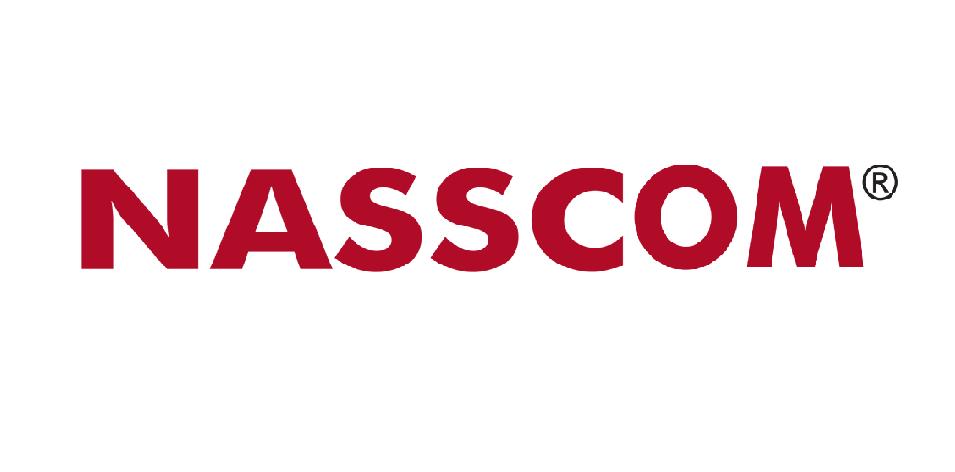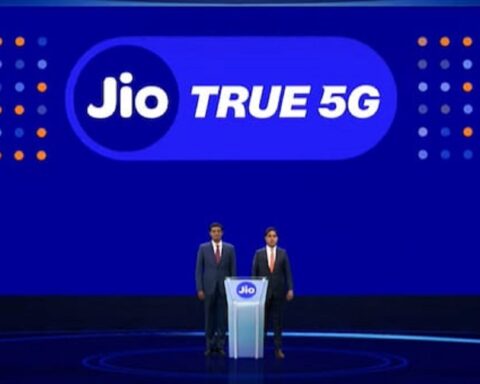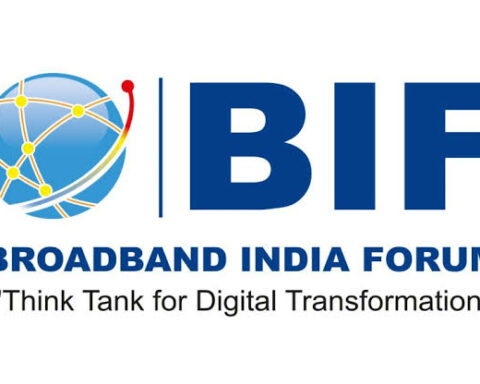 National Association of Software and Services Companies (NASSCOM) has proposed a synergistic model for internet platforms, applications and Telecom Service Providers (TSPs) that supports Net neutrality. The model is in response to TRAI’s consultation paper asking feedback on regulating Over the top (OTT) service providers.
National Association of Software and Services Companies (NASSCOM) has proposed a synergistic model for internet platforms, applications and Telecom Service Providers (TSPs) that supports Net neutrality. The model is in response to TRAI’s consultation paper asking feedback on regulating Over the top (OTT) service providers.
According to NASSCOM, the advent of the Internet, proliferation of mobile telephony, adoption of social media, big data/analytics, cloud, IoT etc. combined with the burgeoning growth of the start-up and innovation ecosystem and the Digital India vision have created the perfect confluence for breakthrough economic development and transformation of our country. This transformation would cover all vital social and economic spheres including education, healthcare, financial inclusion. It is in this context that Net neutrality assumes significance.
“Net neutrality creates an open and level playing field that facilitates innovation, adoption and inclusion. The other key priority is the proliferation of an affordable telecom infrastructure. These essential building blocks of the digital revolution are not contradictory and can and need to be synergized. NASSCOM has advocated a constructive and forward looking definition of net neutrality to achieve these objectives,” said R. Chandrashekhar, President, NASSCOM.
In NASSCOM’s view, the emergence of the Internet, the resultant data revolution and the advent of a host of application service providers have disrupted existing equilibria and business models in several sectors including telecom and IT itself. It is important to synergize adoption of Internet platforms and innovation driven models with growth of telecom infrastructure. This would lead to a virtuous cycle of growth, where sustained rise in revenues from data consumption is spurred and driven by the Internet platforms and services.
“Any stifling regulations restricting access to Internet or Internet platforms and services would not only seriously hamper this prospect of development but also suppress growth and success of innovation driven tech start-ups and SME companies,” said Sanjeev Bikhchandani, chairperson of NASSCOM’s Internet Council.
As mobile penetration approaches saturation level, voice traffic would plateau and rising data traffic will be the driver of demand for more telecom infrastructure. The issues brought out in the TRAI paper arise from the fact that the current revenue streams of TSPs are heavily voice dependent while demand for infrastructure is being increasingly driven by rising data usage. In the long run therefore, a revenue stream calibrated to the demand/consumption of data is the way forward to ensure that the demand driver and revenue generator are aligned, the industry body noted in its reply to the TRAI consultation paper.
For this to happen, there is a need to understand the key guiding principles of net neutrality which is about unfettered user right of making an informed choice in deciding access to legal content/ services on the Internet.
NASSCOM believes that the Users Right to Choose is one such right that is seriously compromised when regulations fail to proscribe price and non-price based discrimination by TSPs. The downstream impact is needless data demand curtailment, its reply said.
The industry body has made a series of recommendations including upholding the universal principles of Net neutrality, no roadblocks to rapid adoption of ICT enabled models and no rights or discretion to TSPs for blocking legal content or throttling internet traffic.
2 mins read
NASSCOM Proposes Model for Internet Platforms and Apps, Advocates Net Neutrality






